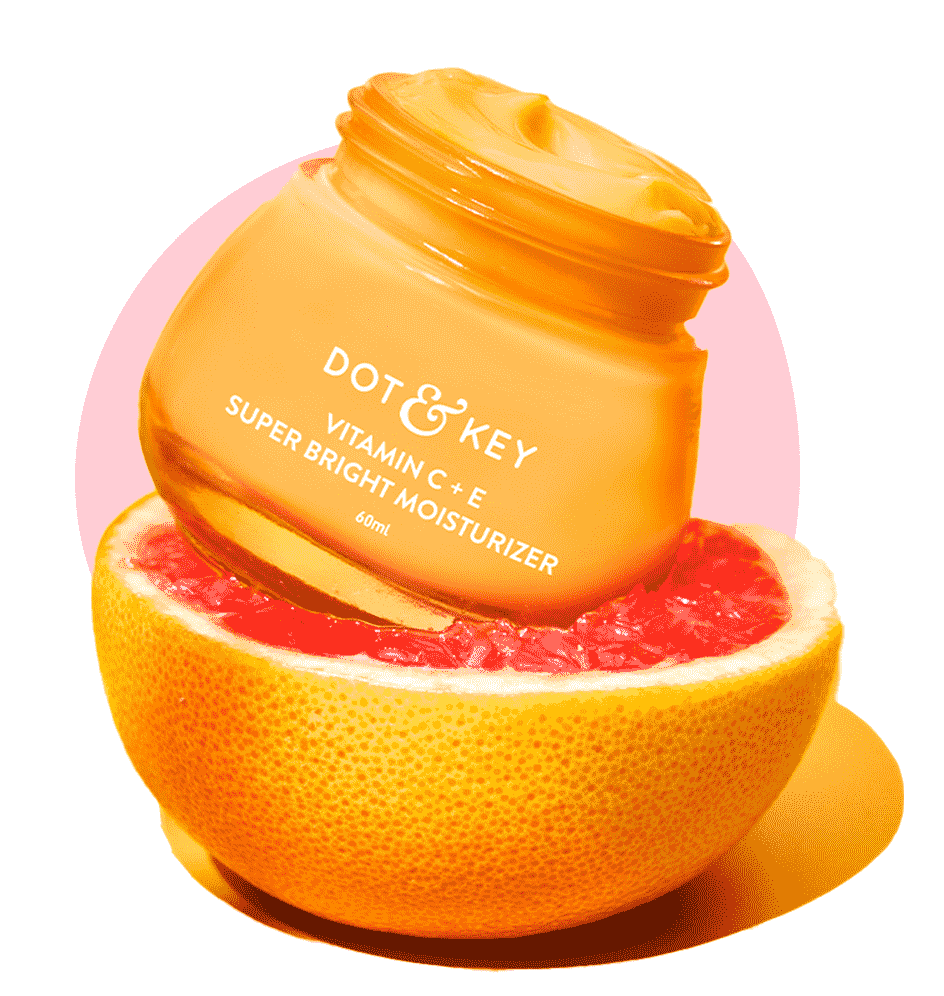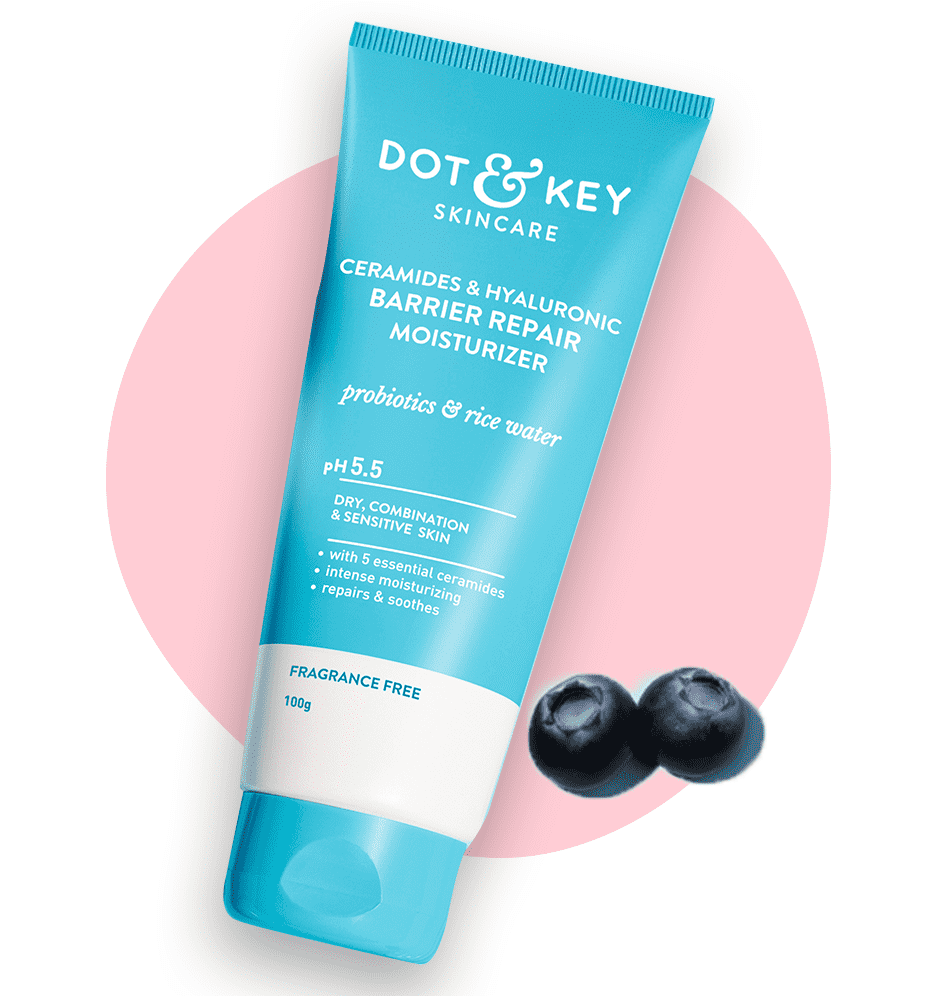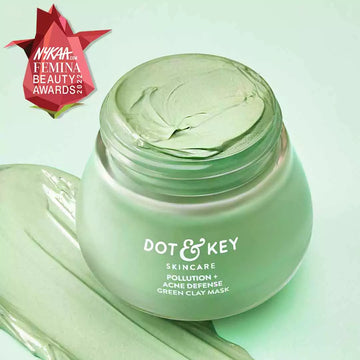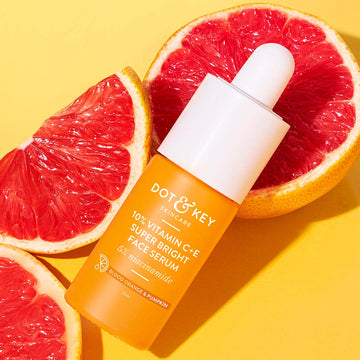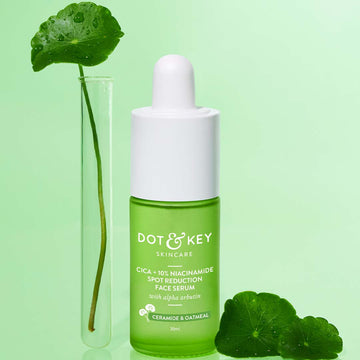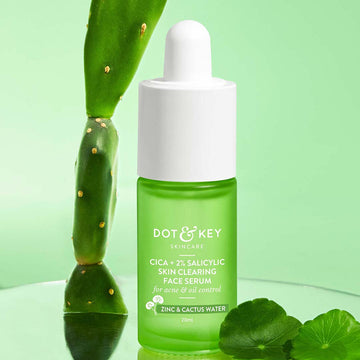
Acne-Prone Skin: A Battle You Can Win!
Acne can feel like an unwelcome guest, popping up at the worst times and leaving its mark on more than just your skin—it can take a toll on your confidence and comfort. But don’t worry! With the right skincare routine, you can keep breakouts at bay, soothe irritation, and help your skin thrive. Thankfully, science-backed skincare has come a long way, offering solutions that not only manage acne but also improve your skin’s overall health and texture.
In this blog, we’ll dive into the causes of acne-prone skin and walk you through a step-by-step skincare routine designed to tackle acne and keep your skin clear, calm, and confident.
What Causes Acne-Prone Skin?
Acne is a complex skin condition influenced by multiple factors, including genetics, hormones, lifestyle, and skincare habits. Understanding these causes can help you make informed choices for your skincare routine.
-
Excess Sebum Production:
Sebum, an oily substance produced by the skin, helps keep skin hydrated and protected. However, excessive sebum production can lead to clogged pores and acne. A study published in the Journal of Clinical and Aesthetic Dermatology noted that people with oily skin are more prone to acne due to the buildup of excess oil. -
Clogged Pores:
When dead skin cells mix with sebum, they can clog pores and trap bacteria, leading to inflammation. Clogged pores are especially common in people with oily or combination skin types. -
Bacteria (Cutibacterium acnes):
Cutibacterium acnes (previously Propionibacterium acnes) is a bacteria naturally present on the skin. When trapped in clogged pores, this bacteria can cause inflammation, leading to redness and swelling characteristic of acne. A study in Dermato-Endocrinology highlights how bacterial growth in pores is one of the main causes of inflamed acne. -
Hormonal Changes:
Hormones, especially androgens, can increase sebum production and lead to acne. Fluctuations in hormones due to puberty, menstruation, or stress can exacerbate acne. According to a review in Hormone Research in Paediatrics, hormonal changes are often a significant factor in the development of acne. -
Lifestyle Factors:
Diet, stress, and skincare habits play a role in acne. Studies have linked high-glycemic diets (like sugar-rich foods) and dairy with an increase in acne. Stress has also been shown to increase inflammation and exacerbate skin conditions.
Step-by-Step Skin Care Routine for Acne-Prone Skin
Here’s a step-by-step guide to a skincare routine that can help you manage acne, reduce inflammation, and keep your skin balanced and healthy.
1. Cleanser (AM & PM)
Purpose: Cleansing removes excess oil, dirt, and impurities that can clog pores and lead to breakouts.
How to Do It: Choose a gentle, foaming cleanser that is non-comedogenic and sulfate-free. Use lukewarm water, as hot water can dry out and irritate acne-prone skin. Massage the cleanser into your skin for about 30 seconds, then rinse thoroughly.
Pro Tips:
- Look for ingredients like salicylic acid, a BHA that can penetrate pores and help clear out excess oil and impurities.
- Avoid cleansers with harsh ingredients or high alcohol content, as these can strip the skin and lead to excess oil production as the skin tries to compensate.
2. Exfoliation (PM: Twice a week)
Purpose: Exfoliation removes dead skin cells that can mix with oil and bacteria to clog pores, leading to breakouts.
How to Do It: Use a chemical exfoliant, such as salicylic acid (BHA) or glycolic acid (AHA), instead of a physical scrub, which can irritate acne-prone skin. Apply the exfoliant after cleansing in the evening. Sweep it over the skin with a cotton pad or apply with your hands, avoiding the eye area.
Pro Tips:
- Start with exfoliating twice a week to avoid over-drying or irritating the skin, and increase gradually if your skin tolerates it well.
- Salicylic acid is especially effective for acne-prone skin as it is oil-soluble and penetrates deep into pores to clear out impurities.
3. Toner (AM & PM)
Purpose: A toner can balance the skin’s pH and provide hydration, which is essential for preventing the overproduction of oil.
How to Do It: After cleansing (and exfoliating, if it’s an exfoliation day), apply toner using a cotton pad or your hands, gently patting it onto the skin. Look for toners with soothing ingredients that won’t clog pores.
Pro Tips:
- Choose toners with niacinamide, which is anti-inflammatory and helps regulate sebum production.
- Avoid alcohol-based toners, as they can dry out the skin, leading to more oil production and potential breakouts.
4. Serum (AM & PM)
Purpose: Serums provide targeted treatment with active ingredients to control breakouts, reduce inflammation, and brighten acne scars.
How to Do It: Apply a serum after toning. In the morning, choose a vitamin C serum to brighten and protect against environmental damage. In the evening, opt for a serum with niacinamide or cica, both known for their anti-inflammatory properties.
Pro Tips:
- Vitamin C is beneficial for fading post-acne marks and protecting against free radicals. Choose a stable form, such as ascorbic acid, and store it in a dark place to prevent oxidation.
- Niacinamide is a fantastic option for acne-prone skin, as it helps calm inflammation and reduce oil production.
5. Moisturizer (AM & PM)
Purpose: Moisturizers keep the skin hydrated, which prevents the overproduction of oil and strengthens the skin barrier.
How to Do It: Choose a lightweight, oil-free, non-comedogenic moisturizer. Apply a pea-sized amount over your face, gently massaging it in. Even if you have oily or acne-prone skin, moisturizing is essential to prevent dehydration and maintain skin balance.
Pro Tips:
- Look for moisturizers with hyaluronic acid, which hydrates without clogging pores, or ceramides, which strengthen the skin barrier.
- Avoid heavy, oil-based moisturizers that can contribute to pore clogging and breakouts.
6. Sunscreen (AM)
Purpose: Sunscreen protects the skin from UV damage, which can worsen acne and lead to hyperpigmentation, making acne marks last longer.
How to Do It: Use a broad-spectrum sunscreen with at least SPF 30 as the final step in your morning routine. Apply generously and reapply every two hours if you’re outdoors for prolonged periods.
Pro Tips:
- Opt for mineral sunscreens with zinc oxide or titanium dioxide, which are generally gentler on acne-prone skin.
- Choose a matte-finish sunscreen if you have oily skin, as it can help reduce shine throughout the day.
7. Targeted Treatment (PM)
Purpose: Targeted treatments focus on active breakouts, reducing inflammation, and killing acne-causing bacteria.
How to Do It: Apply a small amount of your treatment to the affected areas after cleansing and toning. Benzoyl peroxide is a common option for acne-prone skin, as it reduces bacteria and inflammation.
Pro Tips:
- Benzoyl peroxide can bleach fabrics, so use white pillowcases and towels when using it.
- Consider alternating benzoyl peroxide with tea tree oil, which has antibacterial properties, if your skin is sensitive.
8. Overnight Mask (PM)
Purpose: Overnight masks provide hydration and nutrients to the skin while it repairs itself during sleep. Masks designed for acne-prone skin can reduce inflammation, improve skin texture, and restore balance.
How to Do It: Apply a thin layer of an overnight mask as the final step in your PM routine, about twice a week. Look for lightweight, non-comedogenic formulas with calming and hydrating ingredients.
Pro Tips:
- Overnight masks with niacinamide or green tea extract can soothe redness and help control oil production.
- Avoid heavy or oil-based masks, as they can clog pores.
Additional Skin Care Tips for Acne-Prone Skin
1. Use Non-Comedogenic Products
Non-comedogenic products are specifically formulated not to clog your pores. Look for this label on skincare and makeup products to reduce the chances of acne breakouts.
2. Patch Test New Products
Before introducing a new product to your routine, patch-test it on a small area of your skin. This helps you avoid potential irritation or allergic reactions.
3. Avoid Picking or Popping Pimples
Picking or popping pimples can lead to scarring and further inflammation. Avoid touching your face to prevent spreading bacteria and aggravating existing acne.
4. Stay Hydrated
Drinking plenty of water helps flush out toxins and keeps your skin hydrated. Proper hydration promotes a clearer, healthier complexion.
5. Consult a Dermatologist
If acne persists or becomes severe, it’s best to consult a dermatologist. They can recommend treatments tailored to your skin’s specific needs and help you manage acne effectively.
Conclusion
Acne-prone skin may present a few challenges, but with the right skincare routine, you’re well on your way to clearer, healthier skin. Remember, consistency is key—stick to a routine that suits your skin’s unique needs, and give your products time to work their magic. Patience and care will not only help manage acne but also boost your skin's overall health and radiance. So, embrace your journey to clear skin with confidence, knowing that the right steps will lead to a glowing, calm complexion. You've got this!
FAQs
What causes acne-prone skin?
Acne-prone skin is caused by excess oil, clogged pores, bacteria, and inflammation, influenced by factors like hormones, stress, and genetics.
Can diet affect acne?
Yes, a diet high in sugar, dairy, and refined carbs can worsen acne. Eating fruits, veggies, and omega-3s can help improve skin health.
How often should I exfoliate if I have acne-prone skin?
Exfoliate 1-2 times a week with gentle exfoliants to avoid irritation and unclog pores.
Is moisturizing necessary for acne-prone skin?
Yes, even acne-prone skin needs hydration. Use oil-free, non-comedogenic moisturizers.
What are the best ingredients to look for in acne treatments?
Salicylic acid, benzoyl peroxide, niacinamide, and tea tree oil are great for treating acne by controlling oil and reducing inflammation.








